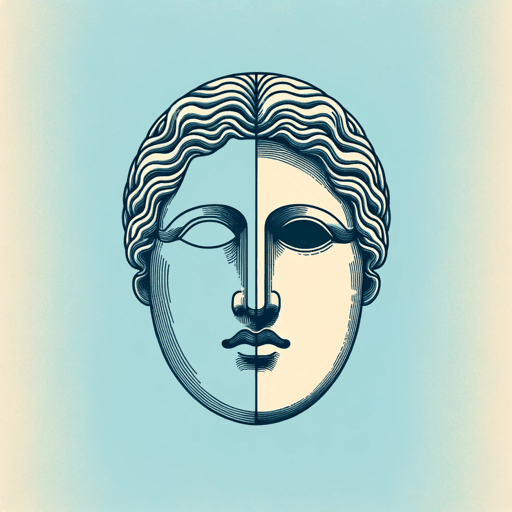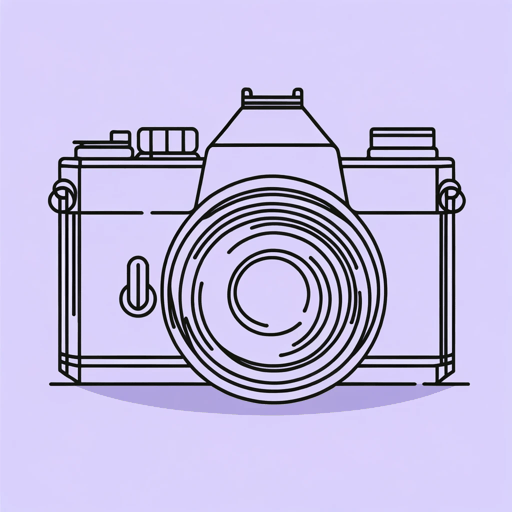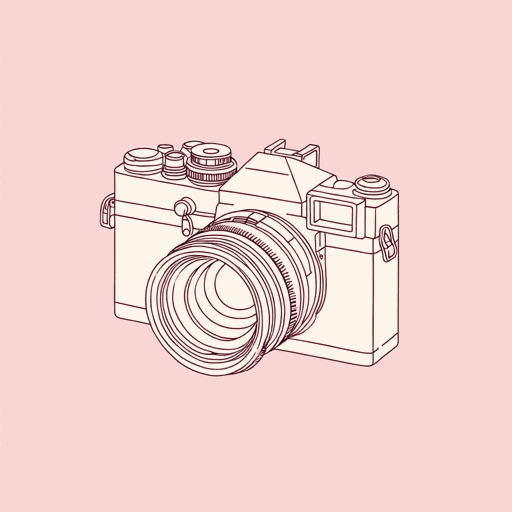28 pages • 56 minutes read
Susan SontagAgainst Interpretation
Nonfiction | Essay / Speech | Adult | Published in 1966A modern alternative to SparkNotes and CliffsNotes, SuperSummary offers high-quality Study Guides with detailed chapter summaries and analysis of major themes, characters, and more.
Literary Devices
Juxtaposition
Juxtaposition, in which two entities are placed side by side in order to highlight aspects of comparison and contrast, is a commonly repeated literary device used in Sontag’s essay. Examples include her references to general experiences of art versus theories of art, Plato’s theory of art versus Aristotle’s, content versus form, and hermeneutics versus an erotics of art. These instances of juxtaposition effectively convey not just the contrast between the two entities in each pairing but the significance and preference of one over the other as well. While Sontag does not entirely condemn the act of interpretation—and even mentions its value in past forms of criticism—the comparison helps highlight the ways it fails as a form of experiencing art. By juxtaposing these elements, Sontag demonstrates how certain entities should be placed in positions of greater importance than others or even substituted for them entirely, as in the case of an erotics of art over a hermeneutics. This is a key literary device in the essay because it illustrates the grandeur of Sontag’s ideal form of artistic and literary criticism.
Related Titles
By Susan Sontag





